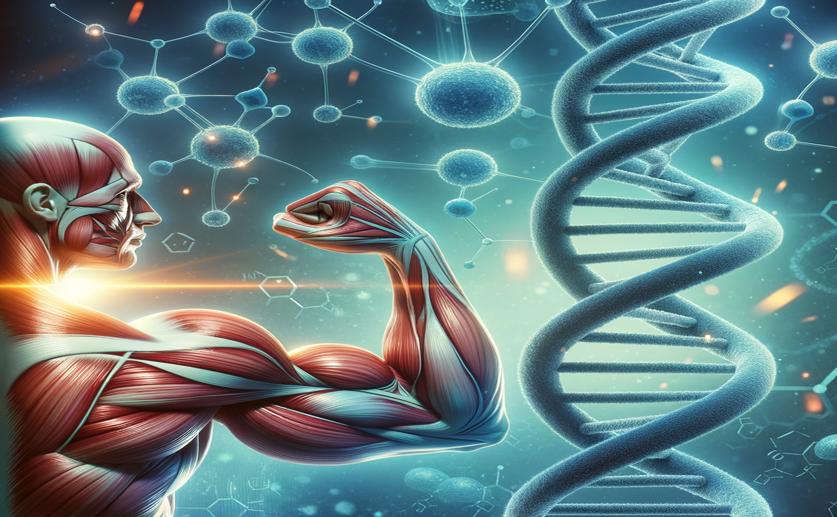
Understanding DNA and RNA Changes in Muscle Development
Greg Howard
23rd May, 2024

Image Source: Natural Science News, 2024
Key Findings
- Researchers at Shandong Agricultural University studied Duroc pigs to understand genetic factors influencing muscle growth
- They found key genes with different methylation and expression levels in pigs with varying growth rates
- These genes are involved in muscle growth, fatty acid metabolism, and protein synthesis, impacting overall pig growth and meat quality
References
Main Study
1) Integrated analysis of the DNA methylome and RNA transcriptome during the development of skeletal muscle in Duroc pigs
Published 22nd May, 2024
https://doi.org/10.1186/s12864-024-10404-0
Related Studies
2) Lipidomic and Transcriptomic Analysis of the Longissimus Muscle of Luchuan and Duroc Pigs.
3) Identification of Differentially Expressed Genes in the Longissimus Dorsi Muscle of Luchuan and Duroc Pigs by Transcriptome Sequencing.
4) Skeletal muscle: a brief review of structure and function.
5) Skeletal muscle proteomics in livestock production.



 20th May, 2024 | Jim Crocker
20th May, 2024 | Jim Crocker